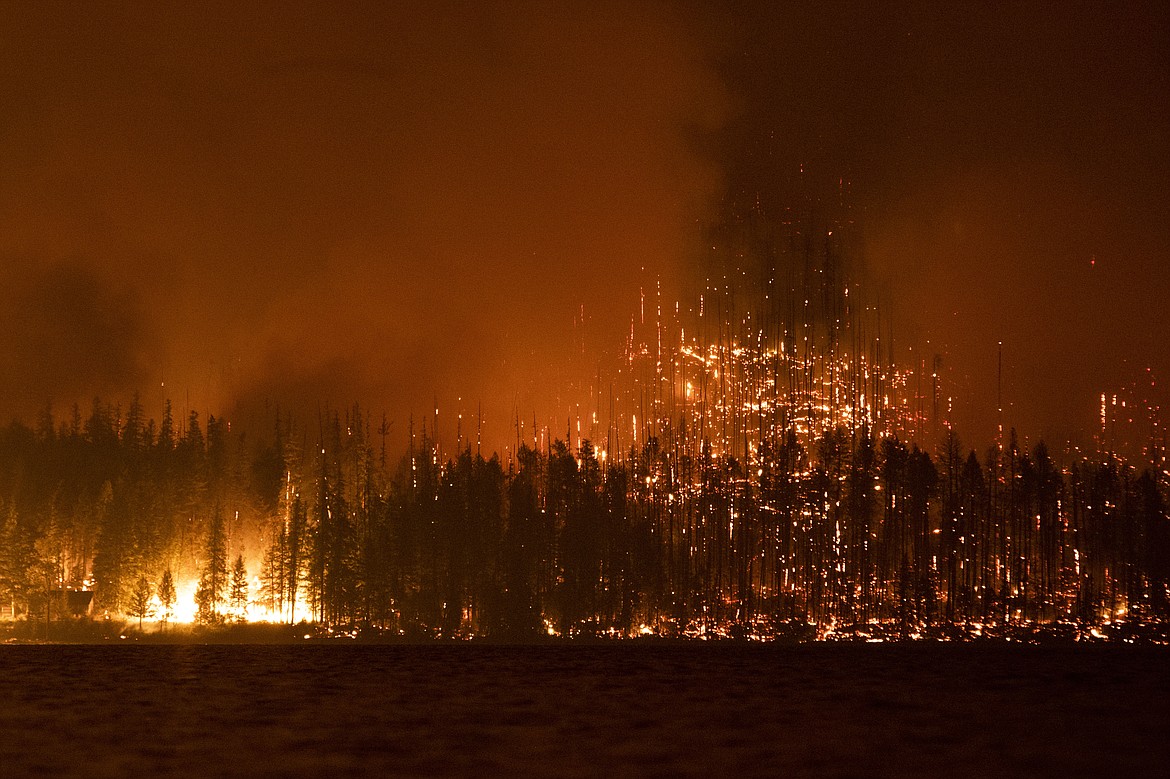Howe Ridge fire creates forest transformation
Two years ago the Howe Ridge Fire burned about 14,500 acres in Glacier National Park. The fire was infamous for its damage to Kelly’s Camp along the shores of Lake McDonald, where it burned down several cabins and other structures, some of them historic.
But from an ecological standpoint it has proven to be a fascinating case study because it burned into the previous Robert and Moose fires, which had previously burned the area in 2003 and 2001 respectively.
That’s a comparatively short time span for an area to burn twice, particularly in the relatively wet environment of Glacier’s west side.
While the Howe Ridge Fire was an inferno in some places, in many areas it cleared the land of underbrush, downed trees and lodgepole saplings that were growing in “doghair” fashion.
Meanwhile, mature trees that had managed to survive previous burns also survived Howe Ridge, particularly mature larch, whose thick bark makes them fire adapted and fire resistant.
On the north side of the fire in particular, this has resulted in a meadowy forest, with about a 50 to 75 percent survival rate among mature trees.
Below them bloom stands of wildflowers and grasses. In addition, just from my own observation, it appears that serviceberry, a food source for numerous bird and mammal species, has rebounded quite nicely.
Some bushes which obviously burned over are already three feet high — not bad considering it’s only been two growing seasons since the fire.
Still, longterm questions arise from the Howe Ridge blaze. Will the hemlock forest that was regenerating after the Robert Fire ever return along the sores of Lake McDonald? Will the thinning of lodgepole on the northern front come back once again in “doghair” fashion, or will it be a thinned forest with many small meadows?
Time will tell. It makes a great excuse to visit it at least once a year every year just to see the transformation.
As humans, we often lament the impacts of wildfire. But in my view, it makes the park an even more dynamic and interesting place.

